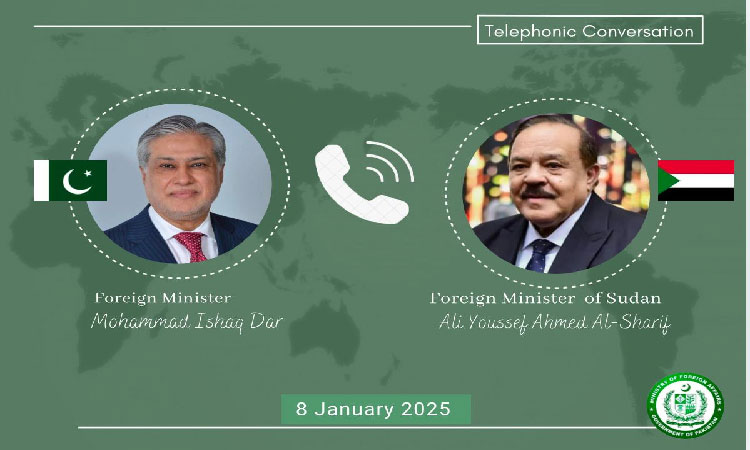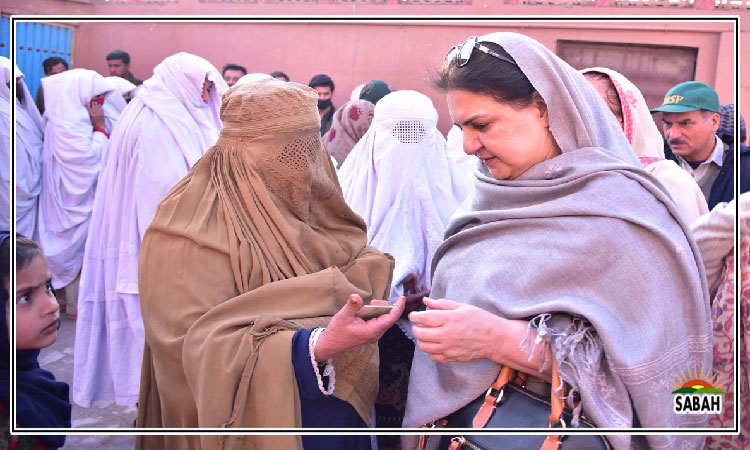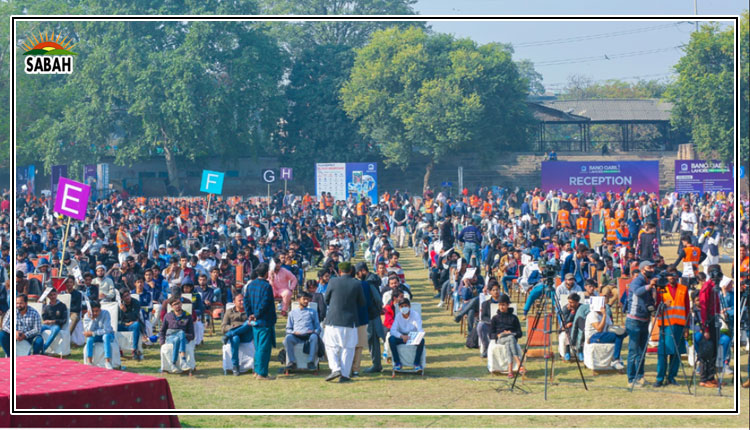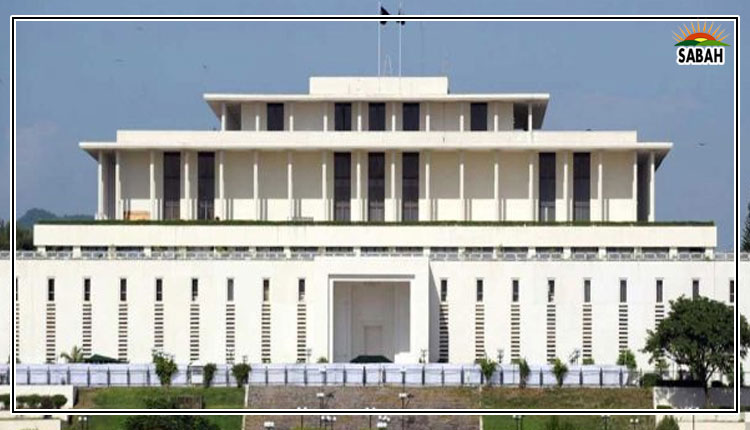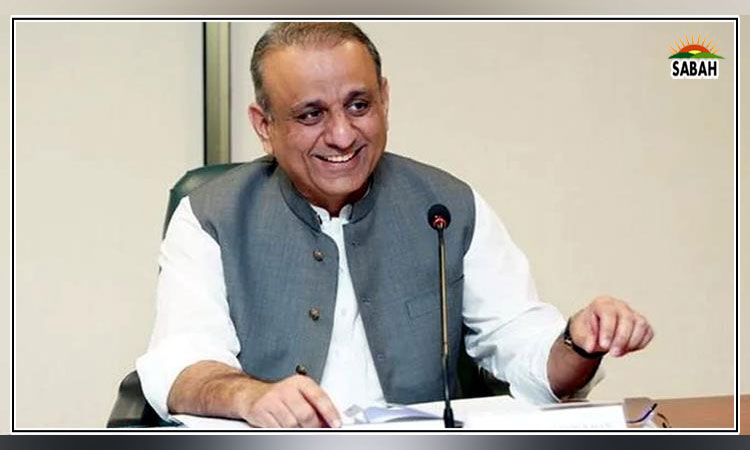The AI debate in education…Dr Ayesha Razzaque
Large Language Models (LLMs), the guts of chatbots (with a lowercase c) like ChatGPT, are having their moment right now. The rise of chatbots has brought forth numerous debates on the impact of Artificial Intelligence (AI) on education.
Usable chatbots have become prevalent in recent months with the potential to shake up workplaces and education alike. With the significant potential use of chatbots in higher education, it is no wonder that discussions on the use of AI tools by students to complete unsupervised assessments have surfaced.
The domestic discussion remains narrowly focused on the concern that students may attempt to pass off outputs generated by chatbots like ChatGPT as their original work. This is a valid concern that universities across the world are grappling with. The Russel group the UKs equivalent of the US Ivy League comprises its 24 elite universities. Eight among them, including Oxford, Cambridge, Edinburgh, Manchester, Bristol and others, have taken the decision to disallow the use of chatbots like ChatGPT for students for academic work.
They are part of the 40 per cent of British universities that have banned the use of ChatGPT for students for essay writing and coursework. These initial policy positions lean conservative but could be substantially revised, even reversed, as the world learns more about the abilities, capabilities, and limitations of LLMs.
But there are others that are taking a different approach. Heriot-Watt, Glasgow University, and University College London are reportedly among the universities that are developing guidance sanctioning the use of ChatGPT by students in some circumstances.
In Pakistan, the Higher Education Commission (HEC) has convened a taskforce on ChatGPT specifically to develop a policy for its use in universities. It remains to be seen what their findings are and whether they will attempt to enforce the policy on all universities. However, I do have three concerns: first, the domestic pool of experts for everything tends to be rather small. Membership of committees and task forces of government departments are of a limited size that lacks a sufficient diversity of perspectives thus leading to groupthink.
Second, historically, once a policy has been developed, it becomes very difficult to reverse or even just amend it. A prime example in the context of higher education is the policy ruling the HECs Tenure Track System (TTS) for the appointment and promotion of university faculty members. To anyone who had spent even a few years in academia, its many and severe shortcomings were visible right at the very outset, but it was brought into effect anyway. It would take the HEC almost 15 years just to make a few tweaks to it while still leaving the bulk of the problem, which encourages junk publications, untouched.
Finally, I do not see how bureaucrats in Islamabad with zero experience in the situation on the ground in universities make good decisions for HEIs up and down the country.
Given the HEC TTSs heavy, nay, sole reliance on publications to determine promotion eligibility, ChatGPT is likely to tempt many into quickly generating a research paper by reformatting ChatGPT responses. Here, too, it will be prudent for the HEC to hang back and see how journals and conferences decide to tackle this challenge.
In light of these concerns, I would rather like to see the HEC take a backseat and let public discourse on the use of chatbots, both domestically and internationally, evolve and mature. The fact that even the worlds best universities are not all arriving at the same conclusions but are developing contradicting policies should give us in Pakistan pause.
However, beyond the question of plagiarism, there are numerous other aspects of the use of LLMs in academia that have not received much attention from anyone in Pakistan. After all, academia is also a workplace to its staff and, like in other industries, there are several opportunities for positive use of LLMs in higher education to ease or remove capacity bottlenecks and operational pain points in their internal operations and service delivery.
An obvious potential application of chatbots in academia is as personal tutors. Rising student-staff ratios are making it increasingly difficult for instructors to provide the kind of individualized attention that students seek. Class sizes in some institutions have grown to the hundreds, making it challenging to remember student names, let alone their learning styles and specific academic challenges. With chatbots, students can receive personalized attention, enabling them to learn at their pace and level of understanding.
There could be several potential uses of chatbots in the area of student support services which are grossly underdeveloped or non-existent at most universities. Universities often operate in a maze of layered and intersecting rules and regulations, where getting a straight answer to specific, individual situations can be challenging. Chatbots could provide clear and concise answers to students questions, cutting down on wait times and streamlining the process for students.
Student counseling services are practically absent in almost all universities in Pakistan. This is a crucial area where chatbots can provide immediate and confidential support to students. With the prevalence of mental health issues in students, having an accessible counseling service can be a significant step toward ensuring students well-being.
Closely related to that, chatbots have the potential to serve personalized information about career options, and maybe provide bespoke career guidance based on students interests and academic track records. This too is a service largely absent from most local universities.
It is not necessarily about replacing staff, but rather providing another point of contact and another level of service to improve the quality of service. The potential applications of LLMs in higher education are many, and it is up to universities to explore and leverage these opportunities. It is for every university students, faculty, staff, and administrations together to reflect on the opportunities that AI, LLM powered chatbots (like ChatGPT) present and how to best leverage them to improve the delivery of education and related services, improve operations of HEIs, and raise the productivity of both faculty and staff.
There are legitimate ways the HEC and the Ministry of Federal Education and Professional Training can support universities without encroaching on their autonomy by making decisions for them. A positive example of that was when the HEC provided universities across Pakistan subscription access to archives of major conference/ journal papers.
I expect that the emergence of industry and sector specific chatbot applications I listed above (personalized tutors, student services advisor, counselling service advisor, etc) is now only a matter of time. And like so many things, they are likely going to be offered as subscriptions. Unlike the issue of plagiarism, these use-cases do not have controversy attached to them. Presently, universities in Pakistan have just enough funds to pay their staff and pay their utility bills and many have suspended university bus services for their students because they can no longer afford it. Universities need more material support support for integrating the use of chatbots where it makes sense and a lot of other things not dictation from afar.
In conclusion, while the discussions around the use of chatbots in higher education tend to focus on the potential for misuse, there are significant opportunities for universities to explore the positive impact of LLMs in academia. As universities across the world continue to grapple with the challenges of implementing AI in education, it is essential to consider the potential benefits of LLMs in improving the quality of education and services provided to students.
Universities need to exhibit some intellectual curiosity and be proactive in exploring the potential applications of chatbots and LLMs to offer a more efficient and effective learning environment for students. I understand that not every university has that capacity, but at least the NUSTs, the LUMSs, the IBAs, the Aga Khans the best universities of the country and the ones directly impacted should be the ones leading the public conversation around the role LLM chatbots can play in higher education moving forward. This will require some initiative, mindfulness, and reflection a cultural departure from the usual style of governance by edicts from the top down. University communities aware of their unique contexts better initiate those discussions now because if they dont someone in faraway Islamabad who knows nothing about them will make the decision for them.
Courtesy The News






